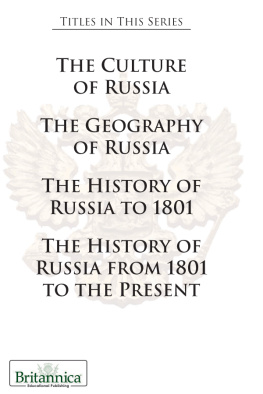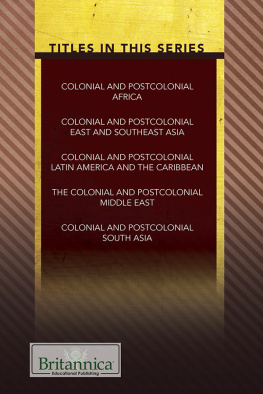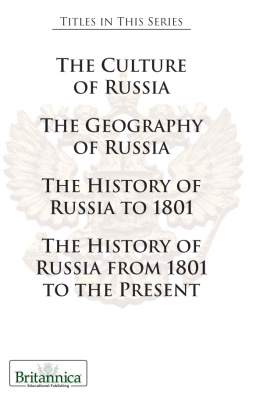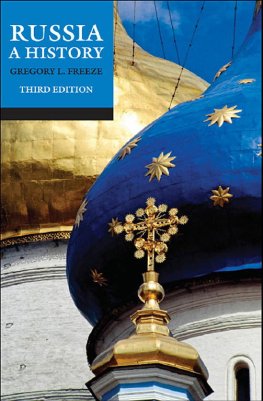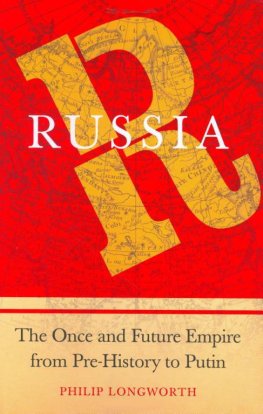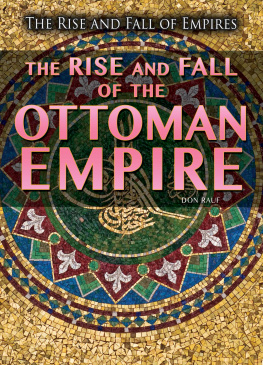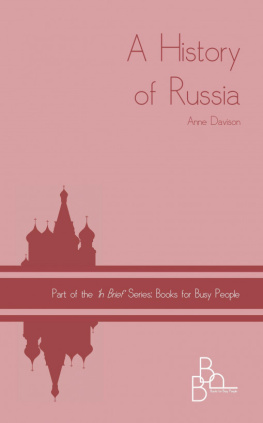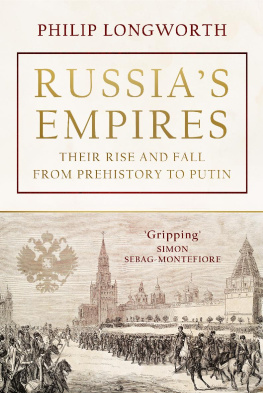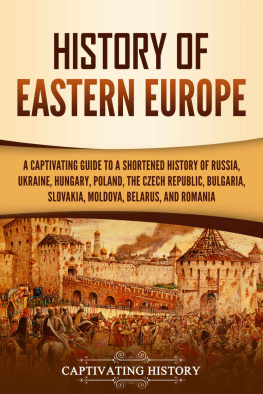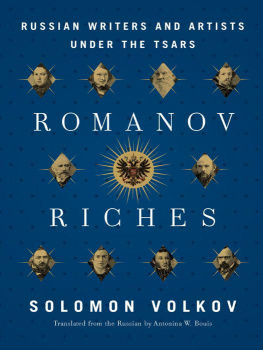

Published in 2019 by Britannica Educational Publishing (a trademark of Encyclopdia Britannica, Inc.) in association with The Rosen Publishing Group, Inc.
29 East 21st Street, New York, NY 10010
Copyright 2019 by Encyclopdia Britannica, Inc. Britannica, Encyclopdia Britannica, and the Thistle logo are registered trademarks of Encyclopdia Britannica, Inc. All rights reserved.
Rosen Publishing materials copyright 2019 The Rosen Publishing Group, Inc. All rights reserved.
Distributed exclusively by Rosen Publishing.
To see additional Britannica Educational Publishing titles, go to rosenpublishing.com.
First Edition
Britannica Educational Publishing
J.E. Luebering: Executive Director, Core Editorial
Andrea R. Field: Managing Editor, Comptons by Britannica
Rosen Publishing
Amelie von Zumbusch: Editor
Nelson S: Art Director
Brian Garvey: Series Designer/Book Layout
Cindy Reiman: Photography Manager
Nicole Baker: Photo Researcher
Library of Congress Cataloging-in-Publication Data
Names: Beckman, Rosina, editor.
Title: The history of Russia to 1801 / edited by Rosina Beckman.
Description: New York : Britannica Educational Publishing, in Association with Rosen Educational Services, 2019. | Series: Societies and cultures : Russia |
Includes bibliographical references and index. | Audience: Grades 712.
Identifiers: LCCN 2017047204| ISBN 9781538301845 (ebook)
Subjects: LCSH: RussiaHistory.
Classification: LCC DK39 .H57 2019 | DDC 947dc23 LC record available at https://lccn.loc.gov/2017047204
Manufactured in the United States of America
Photo credits: Cover, pp. 3, 20, 32, 38-39, 67, 89, 107 Heritage Images/Hulton Fine Art Collection/Getty Images; cover and interior pages (flag) fckncg/Shutterstock.com; cover and interior pages (emblem) N-sky/iStock/Thinkstock; p. 9 Photos.com/Thinkstock; p. 14 Time & Life Pictures/The LIFE Picture Collection/Getty Images; pp. 17, 102 Encyclopaedia Britannica, Inc.; pp. 24, 73, 82 Heritage Images/Hulton Archive/Getty Images; p. 29 Sovfoto/Universal Images Group/Getty Images; p. 41 Courtesy of the trustees of the British Museum. Photograph, J.R. Freeman & Co. Ltd.; p. 44 The National Museum of Denmark, Department of Ethnography; p. 47 DEA/A. Dagli Orti/De Agostini/Getty Images; p. 53 Franz Marc Frei/Lonely Planet Images/Getty Images; pp. 57, 100 Universal History Archive/Universal Images Group/Getty Images; pp. 60, 110 Courtesy of the State Historical Museum, Moscow; p. 71 Courtesy of the Rijksmuseum. Object no. SK-A-116; p. 77 Print Collector/Hulton Archive/Getty Images; p. 86 DEA/W. Buss/De Agostini/Getty Images; p. 91 Art Gallery, Twer, Russia/Bridgeman Images; p. 93 Universal Images Group/Getty Images; p. 97 Courtesy of the Rijksmuseum, Amsterdam (SK-A-1929); p. 114 Fine Art Images/SuperStock/Getty Images.
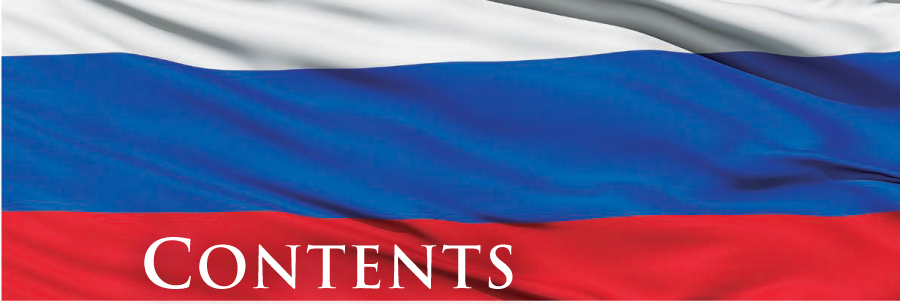
T he land that is now Russia has been inhabited since the second millennium BCE. Slavic peoples originally lived over a large area of eastern Europe that included parts of what are now Poland, Ukraine, and Belarus. In the 5th and 6th centuries CE the Slavs spread south and east, some of them into southern Russia.
In about 830 traders from Scandinavia moved into the north Volga region. These traders were known as the Rusthe source of the name Russia. Soon the Rus and other Scandinavian groupstogether called the Varangiansextended their raiding down the main river routes toward the Middle East.
According to tradition, the Slavs of Novgorod, tired of political turmoil, invited the Varangian prince Rurik to rule the city. Ruriks successor Oleg added Kiev to his domains, making it his capital. This was the beginning of Kievan Rus, the first East Slavic state. In time Kievan Rus was crushed by the onslaught of the Mongols. Asian customs became a part of Russian culture, but as long as they paid tribute the Russians were free to practice their religion and native customs.
Mongol rule was eventually undercut by internal discord. The principality of Muscovy (Moscow), nestled deep in the forest at the hub of the major trade routes, developed at the expense of the Mongols as their power declined. As descendants of the Rurik line, Muscovite princes came to be regarded by the people as justified leaders of all Russians. The best-known ruler of Rurikid Muscovy is Ivan IV, called the Terrible because of his savage cruelty. He was followed first by his mentally unfit son Fyodor and then by Fyodors brother-in-law Boris Godunov. After Godunovs death in 1605, Russia descended into civil war. This unsettled period ended with Michael Romanovs election as tsar in 1613, launching the Romanov Dynasty.
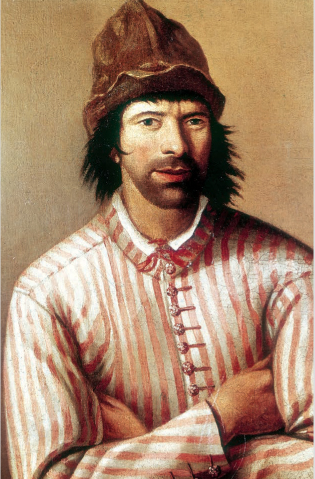
Peter the Great disguised himself as a ships carpenter while traveling through western Europe in 169798. What he learned helped his efforts to make Russia a modern power in the western European world.
The Russian Empireand with it the beginning of modern Russian historydates from the reign of Peter the Great (16821725). Peter defeated Sweden in the Second Northern War (Great Northern War) and gained an outlet to the Baltic Sea. He founded a navy, introduced factories, reformed the administrative machinery, and organized a modern army. He forced education upon his officers and members of his court, many of whom could not read. He created a new Russian capitalSt. Petersburgon the Gulf of Finland.
Although Peter died in 1725, his work survived almost half a century of incompetent rulers. Then Catherine the Great came to the throne in 1762. She again took up the task of reform. She also greatly expanded the Russian Empire. Her armies defeated Turkey, giving Russia control of the northern Black Sea coast and the Crimean Peninsula. During her reign Russia also acquired vast amounts of territory from Poland.
I ndo-European, Ural-Altaic, and diverse other peoples have occupied what is now the territory of Russia since the 2nd millennium BCE, but little is known about them. In ancient times, Greek and Iranian settlements appeared in the southernmost portions of what is now Ukraine. Trading empires of that era seem to have known and exploited the northern forestsparticularly the vast triangular-shaped region west of the Urals between the Kama and Volga riversbut these contacts had little lasting impact. Between the 4th and 9th centuries CE, the Huns, Avars, Goths, and Magyars passed briefly over the same terrain, but these transitory occupations also had little influence upon the East Slavs, who during this time were spreading south and east from an area between the Elbe River and the Pripet Marshes. In the 9th century, as a result of penetration into the area from the north and south by northern European and Middle Eastern merchant adventurers, their society was exposed to new economic, cultural, and political forces.
From about 770 to about 830, commercial explorers began an intensive penetration of the Volga region. From early bases in the estuaries of the rivers of the eastern Baltic region, Germanic commercial-military bands, probably in search of new routes to the east, began to penetrate territory populated by Finnic and Slavic tribes, where they found amber, furs, honey, wax, and timber products. The indigenous population offered little resistance to their incursions, and there was no significant local authority to negotiate the balance between trade, tribute, and plunder. From the south, trading organizations based in northern Iran and North Africa, seeking the same products, and particularly slaves, became active in the lower Volga, the Don, and, to a lesser extent, the Dnieper region. The history of the Khazar state is intimately connected with these activities.

